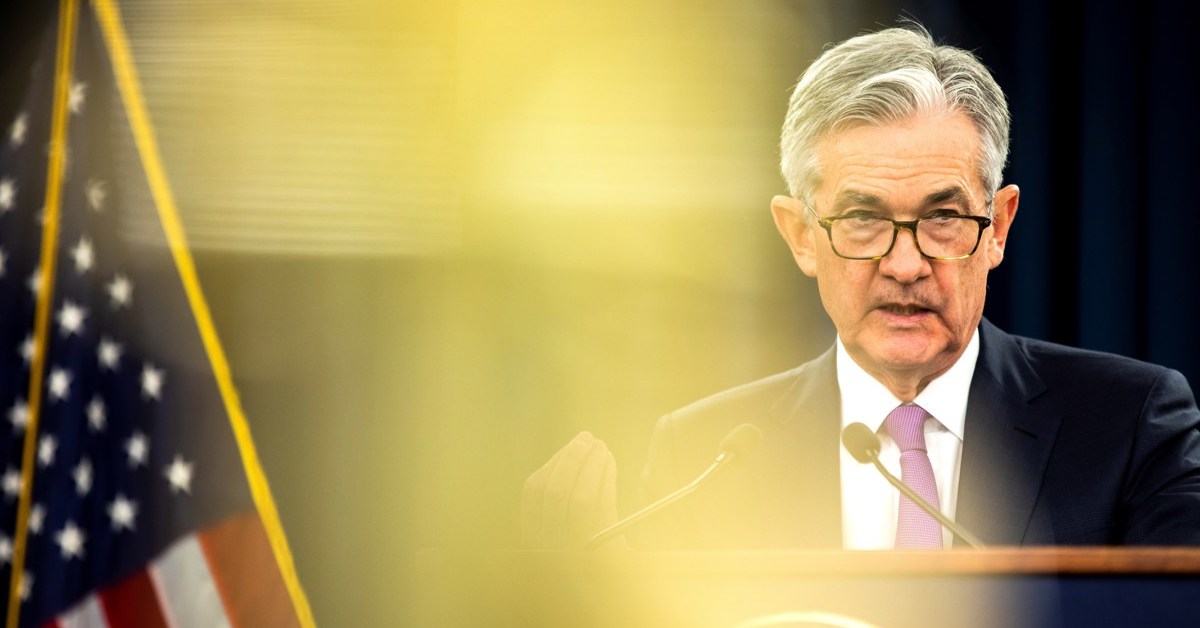The U.S. Federal Reserve reported minimal or no economic growth across most regions of the country in its latest Beige Book assessment, released on Wednesday. The report highlights that rising consumer prices, driven in part by tariffs, have outpaced wage growth, leading to stagnant or declining household spending. Businesses across multiple districts noted increasing costs for raw materials, largely attributed to government-imposed tariffs, with many planning price hikes in the coming months to maintain profitability.\n\nEconomic uncertainty and trade policy were frequently cited as key constraints on activity. While four of the twelve Federal Reserve districts experienced modest expansion, the majority observed little change from the previous month. Consumer demand remained weak, as many households adjusted spending due to financial pressure.\n\nThe report also touches on the dual impact of artificial intelligence (AI). On one hand, AI development has spurred investment in data centers and strengthened commercial real estate in certain areas. On the other, it has contributed to job reductions, with firms citing increased automation and new AI tools as factors enabling workforce downsizing. Remote work policies have further influenced staffing decisions, with some companies streamlining operations under return-to-office mandates.\n\nAdditionally, half of the districts reported a tightening of immigrant labor supply due to restrictive immigration policies. This shortage is particularly affecting the construction sector in regions including New York, Richmond, St. Louis, and San Francisco.\n\nFederal Reserve Chair Jerome Powell recently indicated that a potential interest rate cut could be considered in September, marking the first adjustment in nine months, during which rates have held between 4.25% and 4.5%. Powell noted that shifting economic risks and outlooks may warrant a recalibration of monetary policy, a stance that comes amid ongoing pressure from former President Donald Trump to lower borrowing costs.\n\nThe Federal Open Market Committee (FOMC) is scheduled to meet on September 16 and 17 to discuss policy direction.\n— news from elcomentario.ucol.mx\n\n— News Original —\nConstata Reserva Federal estancamiento económico en EUA y encarecimiento por aranceles\nThe Reserva Federal (Fed) of EUA constated this Wednesday “little or no” economic growth in almost the entire country, alongside rising product costs due to tariffs and some negative effects of artificial intelligence (IA) and immigration policies on employment. In the Beige Book, the publication in which the Fed analyzes economic conditions across the 12 districts into which it divides the country, the regulatory body noted that most of these “reported little or no change in economic activity” compared to the previous month, and the only ones that stood out (four) experienced “modest growth.” “In all districts, contacts reported consumer spending stagnant or declining because, for many households, wages are not keeping pace with rising prices,” the body stated, noting that the most cited negative factors were “economic uncertainty and tariffs.” Almost all districts pointed to the tariff policy of the Donald Trump administration as the reason for rising costs, indicating it has particularly affected input prices, with companies generally expecting to raise product prices in the coming months to maintain viability. The Fed also included some effects of AI in its observations: it stated that technological development has led to an “increase in data center construction” and generated “unusual strength” in the commercial real estate sector in some districts, but is also beginning to erode employment. Companies in most districts expressed hiring hesitancy amid uncertainty, and several reported job reductions “due to downsizing, sometimes encouraged by return-to-office policies, and facilitated at other times by greater automation, including new AI tools.” Additionally, half of the districts reflected a “reduction in the availability of immigrant labor” due to the government’s restrictive policy, a trend with greater impact on the construction sector, especially in the New York, Richmond, St. Louis, and San Francisco districts. At the end of August, Federal Reserve Chair Jerome Powell, at the Jackson Hole symposium, indicated that in September the institution he leads might opt to cut interest rates for the first time in 9 months, a period during which they have been set in a range of 4.25 to 4.5%. “The outlook and shifting balance of risks (of the economy) may justify an adjustment in the stance of our policy (monetary),” Powell said at the time, who Trump has long pressured precisely to lower rates. The next meeting of the Federal Open Market Committee (FOMC) of the Fed, which makes these decisions, is scheduled for September 16 and 17.
